Chestnut-backed Sparrow-Lark.

CHESTNUT-BACKED Sparrow-Larks Eremopterix leucotis are rather uninteresting little birds – or so we thought before there was an influx of them into the Kukale Pan area near Maun, Botswana, in mid-2016 following good late rains. Although Warwick Tarboton’s authoritative book Roberts Nests and Eggs of Southern African Birds notes that this species can breed in any month of the year, it was nevertheless a surprise when Ken Oake spotted a recently fledged juvenile being fed by an adult male in the middle of winter. This prompted us to search for nests, and finding them in turn opened up to us the fascinating world of the sparrow-lark.
KUKALE PAN is a typical Kalahari pan, roughly circular in shape and unrelentingly flat. In winter it is a dry, desolate dust bowl, the nutritious annual grasses having been grazed to the ground through heavy livestock pressure. It was onto this bleak scene that the sparrow larks descended.
Sparrow-larks, also known as finchlarks, are not closely related to either sparrows or finches, although they bear some resemblance to both. They are members of the lark family and all three southern African species belong to the genus Eremopterix (Greek for desert wing/desert bird). They differ from other larks by, among other things, being strongly sexually dimorphic. The black or pied males are quite attractive and easily identified, the females less so.
We knew from various sources that sparrow-larks nest on the ground like other members of the lark family, making a grass-lined bowl sunken below the level of the surroundings and usually situated on the shaded side of a grass tuft or small herb. Nevertheless, our quest seemed like a search for the proverbial needle in a haystack, even with the dearth of vegetation on the 75-hectare pan. However, once we found the first nest, others followed and the account below is a summary of the sparrow-lark’s breeding cycle.
Denne historien er fra January/February 2017-utgaven av African Birdlife.
Start din 7-dagers gratis prøveperiode på Magzter GOLD for å få tilgang til tusenvis av utvalgte premiumhistorier og 9000+ magasiner og aviser.
Allerede abonnent ? Logg på
Denne historien er fra January/February 2017-utgaven av African Birdlife.
Start din 7-dagers gratis prøveperiode på Magzter GOLD for å få tilgang til tusenvis av utvalgte premiumhistorier og 9000+ magasiner og aviser.
Allerede abonnent? Logg på

EXPLORING NEW HORIZONS
Keith Barnes, co-author of the new Field Guide to Birds of Greater Southern Africa, chats about the long-neglected birding regions just north of the Kunene and Zambezi, getting back to watching birds and the vulture that changed his life.

footloose IN FYNBOS
The Walker Bay Diversity Trail is a leisurely hike with a multitude of flowers, feathers and flavours along the way.
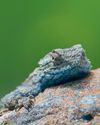
Living forwards
How photographing birds helps me face adversity
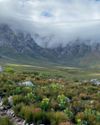
CAPE crusade
The Cape Bird Club/City of Cape Town Birding Big Year Challenge
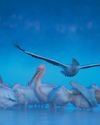
water & WINGS
WATER IS LIFE. As wildlife photographer Greg du Toit knows better than most.
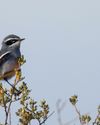
winter wanderer
as summer becomes a memory in the south, the skies are a little quieter as the migrants have returned to the warming north. But one bird endemic to the southern African region takes its own little winter journey.
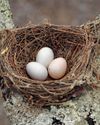
when perfect isn't enough
Egg signatures and forgeries in the cuckoo-drongo arms race
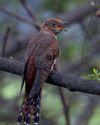
Southern SIGHTINGS
The late summer period naturally started quietening down after the midsummer excitement, but there were still some classy rarities on offer for birders all over the subregion. As always, none of the records included here have been adjudicated by any of the subregion's Rarities Committees.
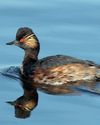
flood impact on wetland birds
One of the features of a warming planet is increasingly erratic rainfall; years of drought followed by devastating floods. Fortunately, many waterbirds are pre-adapted to cope with such extremes, especially in southern Africa where they have evolved to exploit episodic rainfall events in semi-arid and arid regions. But how do waterbirds respond to floods in areas where rainfall - and access to water - is more predictable? Peter Ryan explores the consequences of recent floods on the birds of the Western Cape's Olifants River valley.
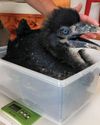
a star is born
It’s every producer’s dream to plan a wildlife television series and pick the right characters before filming.